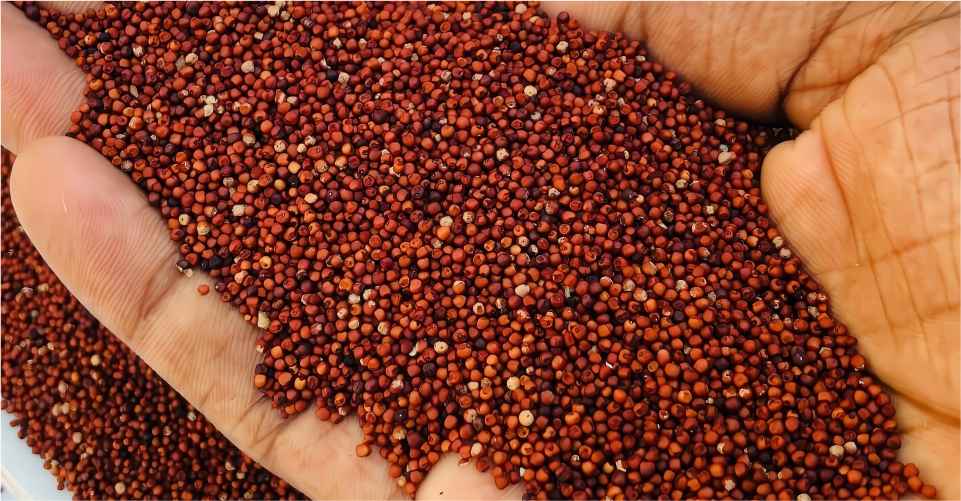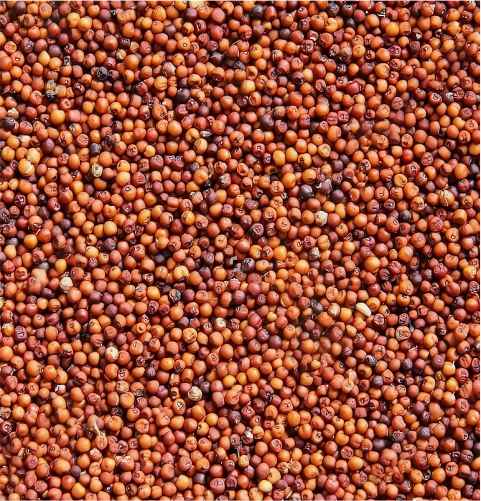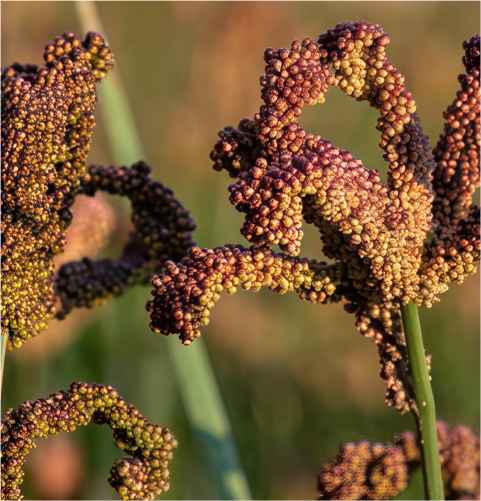


Discover the goodness of Finger Millet from AhaaMAG Private Limited, sourced directly from trusted farmers committed to sustainable and chemical-free farming practices. Our direct partnerships ensure fair trade, full traceability, and a product that is free from harmful contaminants and pesticides. Rich in essential nutrients like fiber, iron, and calcium, our finger millet is carefully harvested and processed to preserve its natural taste, texture, and health benefits. Perfect for health-conscious consumers and food manufacturers, AhaaMAG’s Finger Millet offers exceptional quality and nutritional value. Choose us for farm-fresh, ethically sourced millet that supports local farmers and promotes a healthier lifestyle.
Now!
Specifications
| Color | Plant Part | Dried / Fresh | Available Forms |
|---|---|---|---|
| Red | Grain seed | Dried | Whole |
Nomenclature
- Scientific Name: Eleusine coracana
- Family: Poaceae (Grass family)
- Other Common Names:
- Hindi: Ragi
- Sanskrit: Manduka / Rajika
- Tamil: Kelvaragu / Kezhvaragu
- Telugu: Ragulu
- Malayalam: Panjapullu
- Kannada: Ragi
- English: Finger Millet / African Millet / Nachni
- Marathi: Nachni
- Gujarati: Nagli
Description:
Finger millet, also known as ragi, is a highly nutritious, gluten-free grain widely grown in Africa and South Asia. It is rich in calcium, iron, fiber, and essential amino acids, making it particularly beneficial for bone health and managing diabetes. With a slightly earthy flavor, finger millet is commonly used in porridge, flatbreads, and baked goods.
Properties:
- Taste (Rasa): Sweet and astringent
- Potency (Virya): Cooling
- Qualities (Guna): Light and dry
- Ayurvedic Dosha Effect: Balances Kapha and Pitta; can aggravate Vata if not properly prepared
Detailed Uses:
- Nutritional & Culinary: Highly nutritious: Rich in calcium, iron, fiber, protein, and essential amino acids (like methionine). Gluten-free: Suitable for gluten-intolerant individuals. Staple food: Commonly used to make ragi mudde (finger millet balls), porridge, dosa, roti, and baked goods. Infant food: Traditionally used in weaning foods due to its digestibility and nutrition.
- Health Benefits: Bone health: Exceptionally high calcium content supports bone strength, ideal for growing children and elderly. Diabetes management: Low glycemic index helps regulate blood sugar. Weight management: High fiber promotes satiety and reduces hunger pangs. Anemia prevention: Iron content helps in boosting hemoglobin levels. Digestive health: Aids in smooth bowel movements.
- Other Uses: Traditional medicine: Used in Ayurvedic and folk medicine for strengthening bones, treating anemia, and improving lactation. Fermented foods: Used in making malted beverages and fermented porridges.
